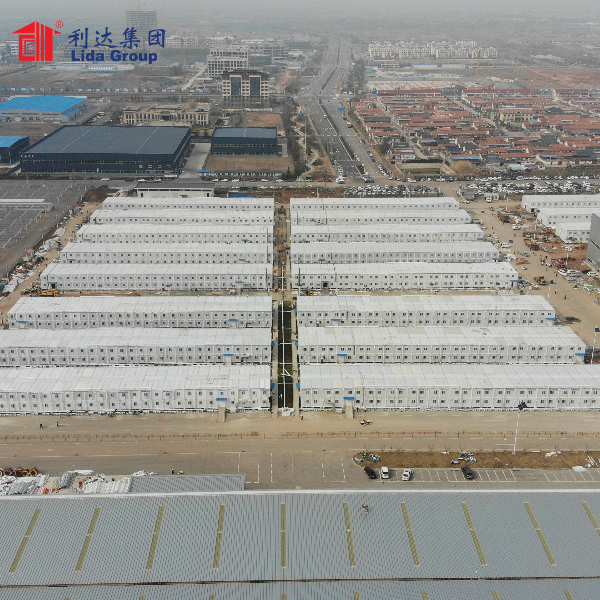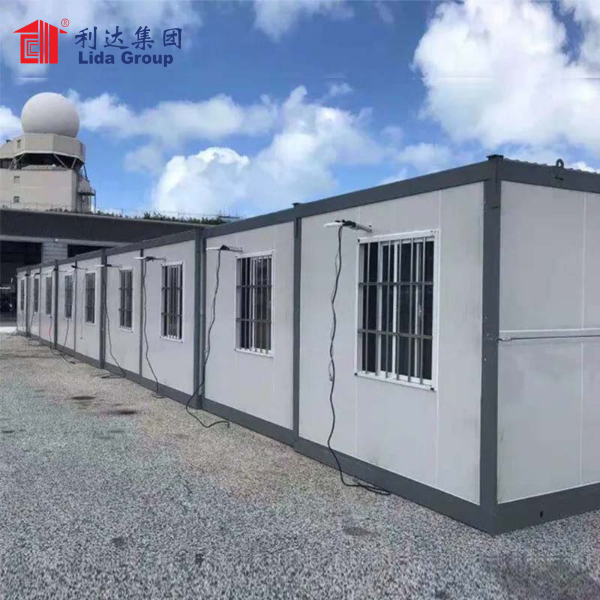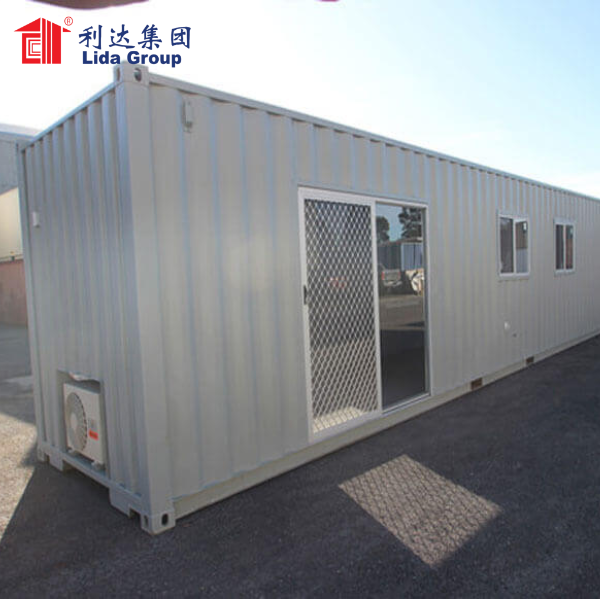Introduction:
As the world grapples with the challenges of climate change and environmental degradation, the field of architecture has been compelled to explore sustainable and eco-friendly design solutions. Lida Group, a renowned construction and engineering company, has made significant strides in this area with their container building innovations. By repurposing shipping containers, Lida Group has transformed these industrial structures into sustainable architectural marvels. In this article, we will explore the features and advantages of Lida Group’s container building innovations, highlighting their contribution to sustainable architecture and responsible construction practices.
- Repurposing Shipping Containers:
Lida Group’s container building innovations start with the repurposing of shipping containers. These containers, originally designed for the transportation of goods, are given a new lease of life as building modules. By repurposing these structures, Lida Group prevents them from becoming environmental burdens, reducing the demand for new construction materials and minimizing waste. This sustainable approach to construction aligns with the principles of the circular economy, where resources are utilized efficiently and waste is minimized.
- Energy Efficiency and Insulation:
Sustainable architecture must prioritize energy efficiency to reduce the carbon footprint of buildings. Lida Group’s container building innovations address this concern by incorporating energy-efficient features. The containers are equipped with proper insulation, ensuring optimal thermal performance. This insulation helps to minimize heat transfer, reducing the need for excessive heating or cooling and, consequently, lowering energy consumption. By implementing energy-efficient practices, Lida Group’s container buildings contribute to a more sustainable built environment.
- Modular Design and Flexibility:
The modular nature of Lida Group’s container building innovations offers several advantages in terms of sustainability and flexibility. The containers can be easily assembled and disassembled, allowing for efficient transportation and reducing carbon emissions during delivery. The modular design also enables flexibility in terms of building size and configuration. Containers can be stacked, combined, or modified to create unique architectural designs and accommodate various functionalities. This adaptability makes container buildings suitable for a wide range of applications, from residential homes to commercial spaces.
- Water Management and Conservation:
Water scarcity is a pressing global issue, and sustainable architecture must address water management and conservation. Lida Group’s container building innovations incorporate water-saving features to minimize water usage. These buildings can be equipped with rainwater harvesting systems, allowing for the collection and reuse of rainwater for various purposes, including irrigation and toilet flushing. Additionally, efficient plumbing fixtures and greywater recycling systems further contribute to reduced water consumption and promote responsible water management.
- Integration of Renewable Energy:
To further enhance sustainability, Lida Group’s container building innovations can be integrated with renewable energy sources. Solar panels can be installed on the roofs of container buildings, harnessing clean and renewable energy to power the structures. This integration reduces reliance on conventional energy sources and helps to mitigate greenhouse gas emissions. By embracing renewable energy, Lida Group demonstrates a commitment to a sustainable future and encourages others to follow suit.
- Creative Design and Aesthetic Appeal:
Sustainable architecture does not have to compromise on design and aesthetic appeal. Lida Group’s container building innovations showcase creative and innovative designs that captivate the eye while adhering to sustainable principles. Architects and designers have the freedom to explore unique configurations, façade treatments, and interior layouts, transforming containers into visually stunning architectural masterpieces. By combining sustainability and aesthetics, Lida Group’s container buildings challenge traditional notions of design and inspire others to embrace sustainable architecture.
Conclusion:
Lida Group‘s container building innovations exemplify the possibilities of sustainable architecture. By repurposing shipping containers, incorporating energy-efficient features, implementing water management systems, integrating renewable energy sources, and embracing creative design, Lida Group has redefined the concept of sustainable construction. These innovations demonstrate that sustainability and aesthetic appeal can coexist, inspiring architects, designers, and construction professionals to adopt eco-friendly practices. As the world continues to prioritize sustainable development, Lida Group’s container building innovations serve as a beacon of innovation, offering sustainable solutions and contributing to a more responsible and environmentally conscious built environment.
Post time: Aug-10-2023



